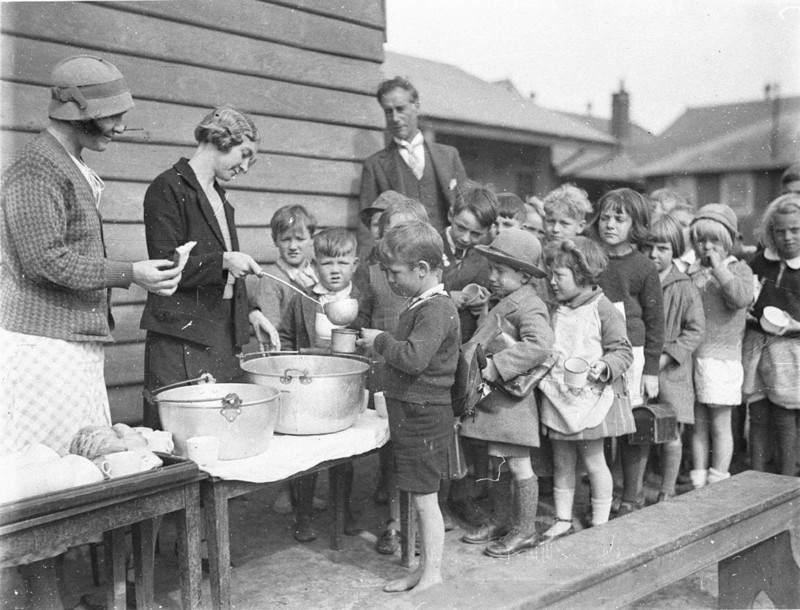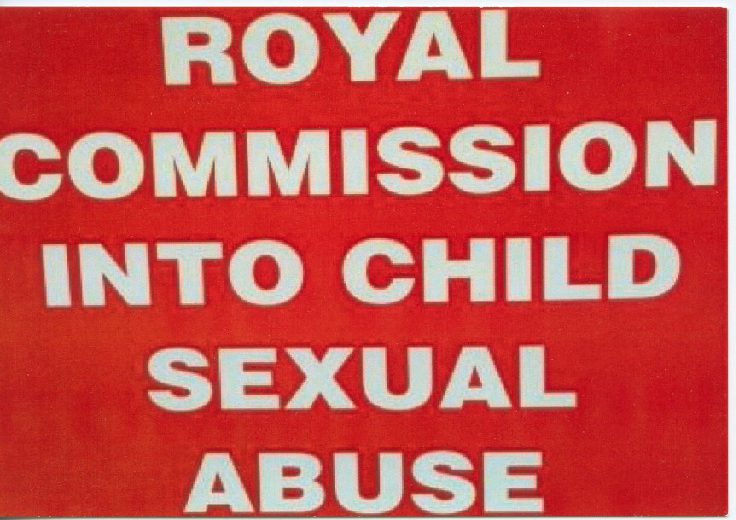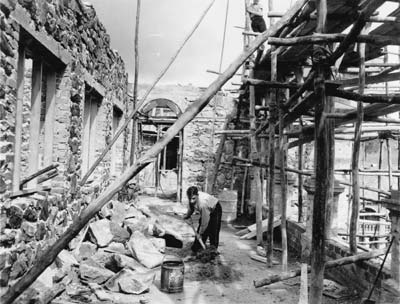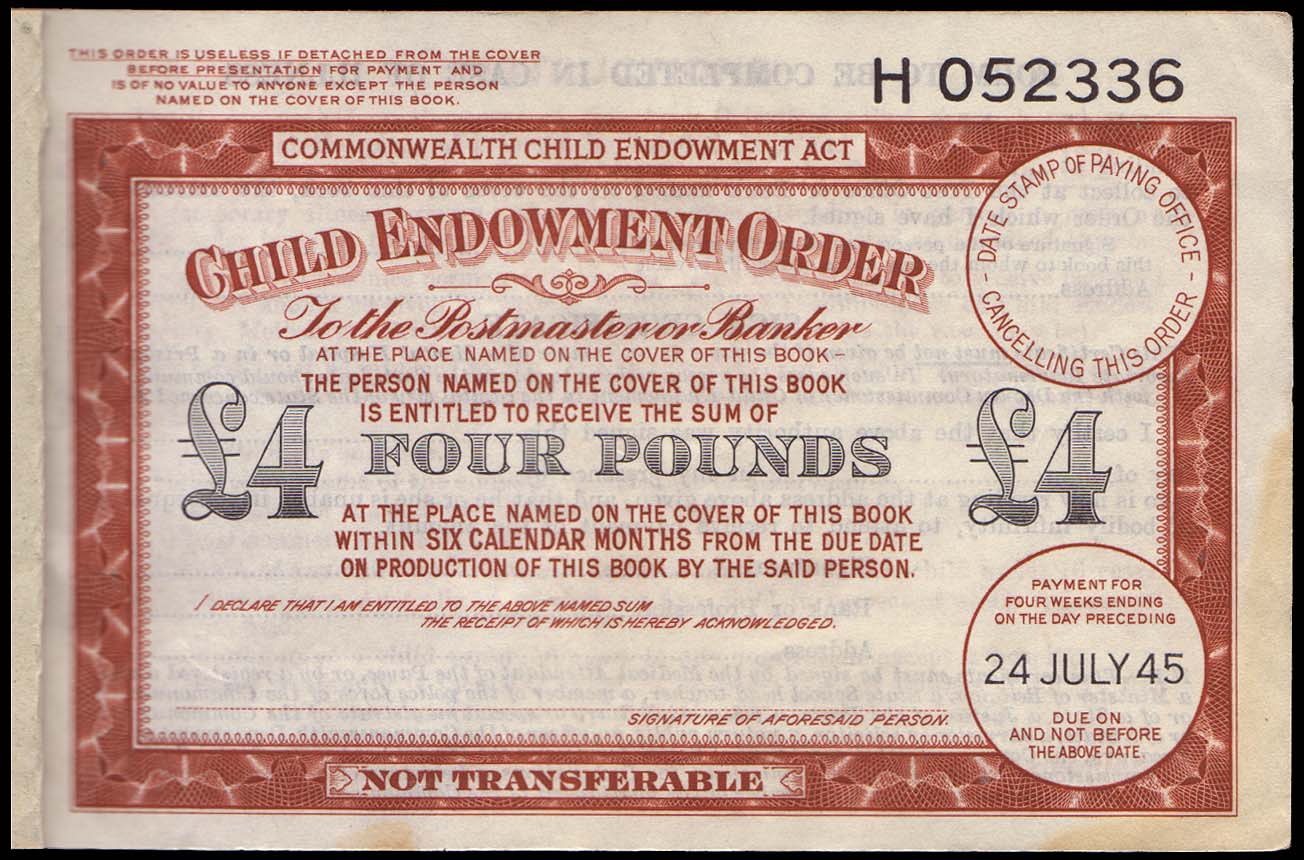

The Great Depression, generally accepted as beginning with the stock market crash in the United States of America in October 1929, was a time of hardship for many people in Australia. By 1932, about 30% of Australian workers were unemployed. The high unemployment and poverty during this period had a great social impact, with many…

The Royal Commission into Institutional Responses to Child Sexual Abuse was announced on 12 November 2012 by Prime Minister Julia Gillard. Its terms of reference were wide-ranging, examining how institutions had responded to child sexual abuse, both in the past and present. The Royal Commission investigated a wide range of institutions including religious organisations, state…

Child labour, according to the International Labour Organisation, is a term that refers to the employment of children in any work that deprives them of their childhood, interferes with their ability to attend regular school, that is mentally, physically, socially or morally dangerous and harmful. For the vast majority of children who were in institutional…
The significance of World War Two, and the role this event plays in the history of the institutional ‘care’ of Australian children is an emerging area of research. It is evident that World War Two, directly or indirectly, was a factor in thousands of children’s placement in ‘care’ in the mid-twentieth century. The Alliance for…
Status offender is a term that describes a person who is legally charged with an offence, but has not actually committed a criminal act. Rather, the ‘offence’ is more to do with the person’s personal condition or characteristics. In the context of child welfare in Australia, children and young people charged with ‘neglect’, or ‘exposed…

The Child Endowment Act 1941 was Commonwealth legislation which introduced the payment of weekly sums to mothers with more than one child, foster mothers, and the managers of privately run children’s institutions, for children under the age of 16. When child endowment began in 1941, children in State or Commonwealth institutions were excluded. From July…
The Empire Settlement Act 1922 was an Imperial Act, passed by the Parliament of the United Kingdom, and applicable in Australia and other Commonwealth nations such as New Zealand and Canada. It was a landmark in the history of Australian immigration, especially for its encouragement of child and youth migration. According to the Lost Innocents…
The Immigration (Guardianship of Children) Act 1946 was a Commonwealth law. It defined an “immigrant child” as any person under the age of 21 years who came to Australia as an immigrant otherwise than in the charge of, or for the purpose of living in Australia under the care of, any parent or relative of…
Truancy means intentional absences from schooling. Truancy became an offence when education became compulsory (under state education laws). This meant children charged with truancy could be arrested by police or truancy officers and committed to institutions such as industrial schools and reformatories. Magistrates could also fine parents for allowing a child to truant, and order…

Youth Migration to Australia comprised young people (post-primary school age, usually ranging from 14 to 20 years old), who had made their own decision to migrate to Australia, often to work in rural areas. They commonly came to Australia as assisted migrants, subsidised by colonial, state or Commonwealth governments. Non-government organisations were also involved in…